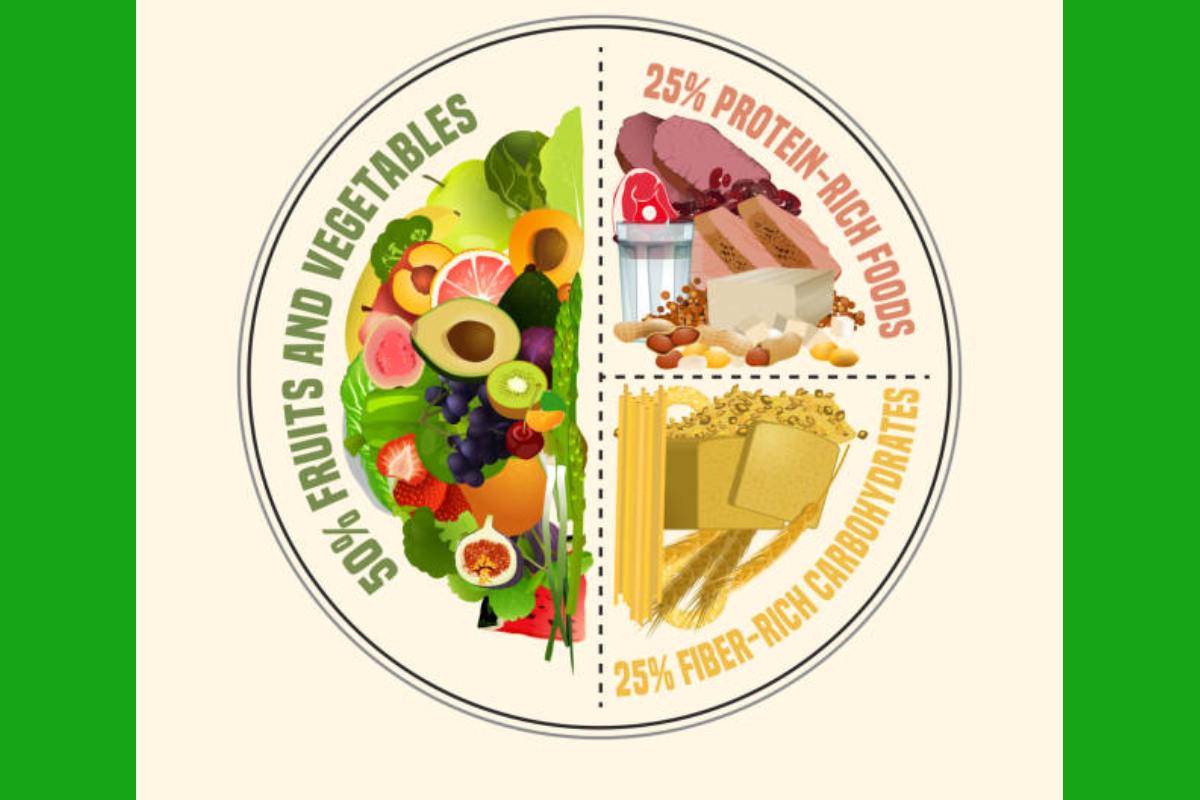If it’s convenient, the food is probably bad for you. And if it’s nutritious, your meal must have taken hours to prepare. But what if you could strike a balance between the two? Would you be willing to put in the effort to get the best of both worlds?
Balancing nutrition and convenience is a feat anyone can accomplish by adopting a workable structure. Whether you choose automated tools or design your own, meal planning can reduce stress and improve nutrition. Although meal planning has been used by households for decades, there are some new takes you may not have tried. We’ll explore them below.
Table of Contents
Meal Delivery Services
You know the drill. It’s a new day, and you’ve got to decide what to make for breakfast, lunch, and dinner. When you’ve got a menu and a kitchen full of ingredients ready to go, the debate’s already been decided. All you’ve got to do is put everything together according to plan.
Still, you have to find recipes, make a shopping list, and go to the store. Some of the ingredients on your list might be interchangeable between your Tuesday night and Friday night dinners. Others could potentially go to waste if you’re not sure how to use all of what you bought. And there are only so many times you can switch between cereal and omelets for breakfast before you get bored.
Meal planning via healthy meal kits ensures you get variety, nutrition, and convenience wrapped into one. Choose how many meals you need each week, your delivery date, and any dietary restrictions, such as no dairy. You’ll get the opportunity to try new meal combinations that don’t take much time to prepare.
Plus, you can choose the amount of prep you want to put in. Heat and serve dishes, salad kits, smoothies, or light prep meals are available with just the right amount of ingredients for the week. You can also adjust the frequency, hit pause, and order add-ons like an extra snack whenever you want.
Batch Cooking
When do you have the most time during the week? It might be on Saturdays and Sundays. Maybe you’ve got a few extra hours to spend in the kitchen on Wednesday mornings. Use this time to cook larger portions of the meals you’ll eat later.
It’s a trick known as batch cooking, where you make your meals for the week, then freeze or refrigerate them. For instance, you can make a larger batch of casseroles. You’ll freeze the portions you’ll eat later in the week while refrigerating a smaller portion you’ll serve the next day.
You can also do this with staples you’ll use in several different meals. Examples include vegetables, rice or other grains, and proteins like chicken. Dividing everything into portions for the week makes it easier to heat meals when you’re ready to eat. Store smaller portions in microwave-safe containers so you don’t have to do much when it’s time to serve. Simply re-heat from the container and dish up.
Less Processed, Fresh Foods
There’s no doubt about it. Fast food is convenient and sometimes seems more cost-effective than grocery shopping. Nonetheless, this convenience and perceived cost savings come with a price. That price is your health, as eating fast food can lead to health problems like blood sugar spikes, digestive issues, and fatigue.
Shopping for groceries, though, doesn’t automatically mean you’re putting healthy foods on the table. With the amount of ultra-processed foods on the shelves, you could be doing the same damage to your body. While processed foods are abundant everywhere and quick to make, there are better alternatives.
Think minimally processed but nutritious items like pre-washed salad kits. Choosing whole fruits and vegetables also makes for convenient snacks, sides, or ingredients for simple recipes. For example, you can slice up a banana to top a bowl of lower-sugar, instant oatmeal. Rotisserie chicken is good to have on standby for dinners and lunches. You can add pieces of the chicken to instant rice or pilaf.
Another easy-to-make meal is stir-fry. Heating up frozen veggies in a skillet and adding them to instant brown rice makes a meal in less than 30 minutes. For breakfasts and snacks, you can blend frozen fruit with plain yogurt, honey, and milk. You’re getting a version of fast food at home, but with beneficial nutrients instead.
Online Meal Planning Tools
Fresh out of ideas, but want to stick to buying your own groceries? Online meal planners give you a list of meals and the necessary ingredients. Most of these tools will also automatically create your shopping list based on the recipes you select.
If you belong to a grocery store rewards or loyalty program, the chain’s app may already have a meal planning tool built in. With online meal planners, you can choose dietary preferences, types of meals, and cooking methods. You can also narrow down recipes by lunches, dinners, snacks, soups, and sides.
If you want a list of vegetarian, gluten-free meals, you’ll get them in seconds. You don’t have to spend hours searching through cookbooks, separate online recipe sites, or social media. When you choose to add recipes to your menu, you can also see calorie count and prep time. Tools let you save favorites, so you’ll be able to conveniently return to meals you’ve enjoyed.
Convenient and Nutritious Meal Planning
Cooking at home doesn’t have to compromise convenience for nutrition. You can have both if you take advantage of smart meal planning hacks. Healthy meal kits, batch cooking, fresh foods, and online tools are some tricks you can use. Once you do, you’ll be surprised at how convenient and nutritious meal planning can be.

